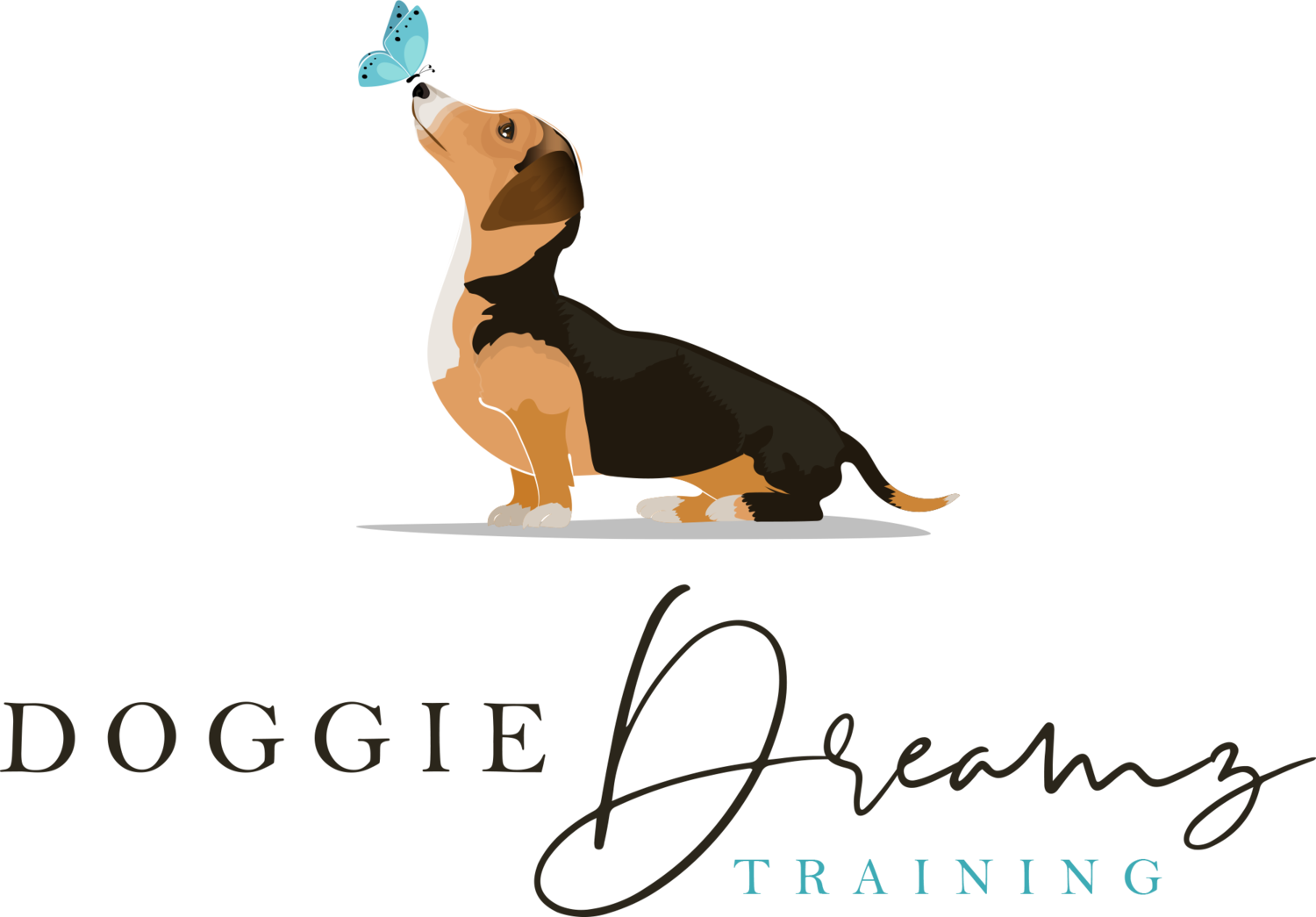Decompression and Enrichment Walks
A dog’s most prominent sense is their sense of smell. You could say it is their superpower! Far too often we (humans) don’t do enough to foster their sense of smell. I have often encouraged my clients to play scent games with their dogs or as discussed in a previous blog post to use a Snuffle Mat at feeding times. These are just two ways in which every dog owner can foster this natural superpower at home. But what about ways to enrich our dog's snout outside the home?
One of the best ways is through a Decompression walk. This term was coined by Sarah Stremming on her Cog-Dog Radio podcast. Sarah Stremming defines decompression walks as “a walk where the dog is allowed freedom of movement in nature.” She says this can be done off-leash or on a long line with a back clipping harness. Furthermore, she suggests decompression walks should be done out in nature in a secluded area. This will allow your dog to be a dog. To let their nose be their guide, and to get back in touch with their instincts. The benefits of decompression walks are said to be physical, mental, and behavioral.
After learning of this term I became very excited! It was like the dog training world was finally catching on to something that dog owners have been noticing for years, even though the majority of the information that was available on the subject told us to do the opposite. It was widely encouraged throughout the dog-owning world that walks are for exercise only! No sniffing or doodling around!
In my over 5 years as a dog walker, I noticed the dogs I walked, that were active sniffers, were more tired and content after the walks, as opposed to dogs who were taught not to sniff on walks. Some trainers and pack walkers discourage sniffing to maximize the physical exercise of a walk. And I do believe that technique works and is beneficial for some dogs. However, just like people, every dog has different needs. There is not a “one size fits all” fix for behavioral, physical, and mental enrichment. We need to look at each dog individually and determine what will work best for that specific dog.
There has been anecdotal evidence that for dogs who experience fear, anxiety, stress, and reactivity; decompression walks have benefited them in the reduction of those behaviors. Trainers and pet parents who have implemented decompression walks into their schedules have noticed their once aggressive or anxious dog behaving more calmly.
Enrichment walks can also be as beneficial as Decompression walks as well. Enrichment walks are not as long, only 45 mins, and don’t have to be done in a secluded area. But the goal is the same to allow a dog to let their nose be their guide and explore. On these walks, the handler can vary their average pace from a slower walk to a quick jog. Also, the handler can sprinkle treats in a nearby bush or under rocks for the dog to discover. Using the environment, such as fallen trees, to create a makeshift obstacle course is great for the dog that is very athletic and energetic.
Both of these options offer your dog more stimulation both mentally and physically, which can reduce stress and unwanted behavior. For anyone who may be dealing with a hyper dog or one that has shown anxious behavior these are two great options to assist your dog with adapting to our human world.
